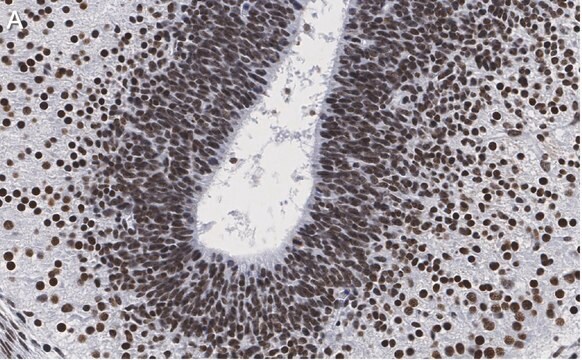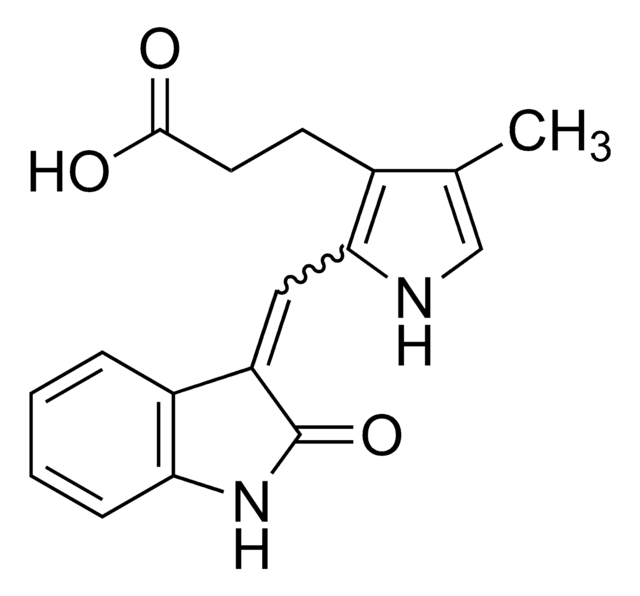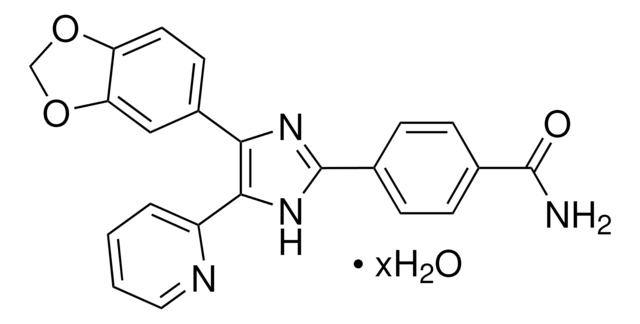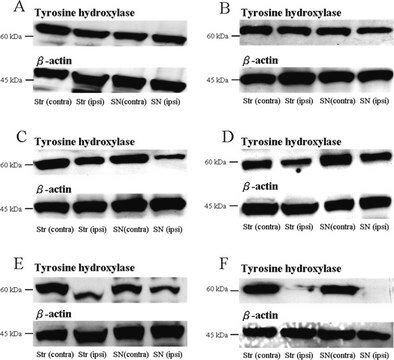General description
LIM homeobox transcription factor 1-alpha (UniProt: Q04650; also known as LIM/homeobox protein LMX1A (LIM/homeobox protein 1; LMX-1)) is encoded by the LMX1A (also known as LMX1) gene (Gene ID: 101839559) in golden hamster. LMX-1 is a transcription factor that belongs to the LIM-homeodomain (LIM-HD) transcription factor family. It is induced within the ventral midbrain as a response to early signaling. LMX-1 is a necessary component for the development of the roof plate and for CNS dorsal cell date specification and the development of vertebrae. It is expressed in roof plate, an organizational locus found in the dorsal CNS that functions to moderate the differentiation and specification of adjacent neurons through the secretion of signaling molecules such as WNT and BMP. Recent studies have indicated that LMX-1 has high potential for stimulating the production of mesencephalic dopamine neurons (mesDA) for the therapeutic treatment of Parkinson disease, a condition characterized by dopaminergic neurotransmission decline resulting from the progression of mesDA neuronal degeneration within the substantia nigra pars compacta (SN).
Specificity
Anti-LMX-1 is a rabbit polyclonal antibody that detects LMX-1. It targets an epitope within 80 amino acids from the C-terminal half.
Immunogen
Epitope: C-terminus
GST-tagged recombinant fragment corresponding to 80 amino acids from the C-terminal half of hamster LMX-1.
Application
Anti-LMX-1, Cat. No. AB10533, is a rabbit polyclonal antibody that detects mouse LMX-1 and is tested for use in Western Blotting.
Research Sub Category
Neuronal & Glial Markers
Tested Applications Western Blotting Analysis: A 1:1,000 dilution of this antibody detected GST, His and TEV tagged Hamster LMX-1. Note: Actual optimal working dilutions must be determined by end user as specimens, and experimental conditions may vary with the end user.
Quality
Evaluated by Western Blotting in mouse testis tissue lysate. Western Blotting Analysis: A 1:1,000 Dilution of this antibody detected LMX-1 in mouse testis tissue lysate.
Target description
Target molecular weight ~38 kDa observed. 42.8 kDa calculated. Uncharacterized bands may be observed in some lysate(s).
Physical form
Rabbit polyclonal antibody in serum with 0.05% sodium azide.
Unpurified
Storage and Stability
Store at -10°C to -25°C. Handling Recommendations: Upon receipt and prior to removing the cap, centrifuge the vial and gently mix the solution. Aliquot into microcentrifuge tubes and store at -20°C. Avoid repeated freeze/thaw cycles, which may damage IgG and affect product performance.
Analysis Note
Control
Mouse testis tissue lysate
Legal Information
GenBank is a registered trademark of United States Department of Health and Human Services
Disclaimer
Unless otherwise stated in our catalog or other company documentation accompanying the product(s), our products are intended for research use only and are not to be used for any other purpose, which includes but is not limited to, unauthorized commercial uses, in vitro diagnostic uses, ex vivo or in vivo therapeutic uses or any type of consumption or application to humans or animals.









